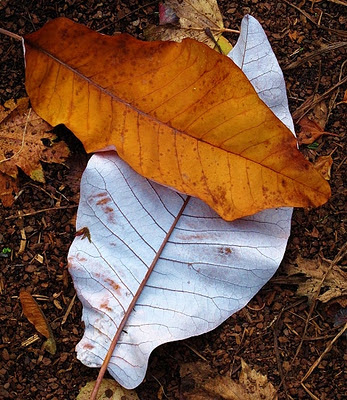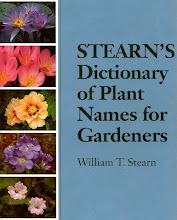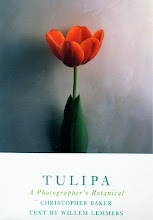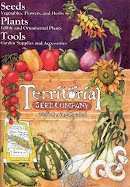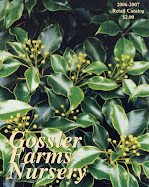Mimetes culcullatus at the Kogelberg Nature Reserve July 2009
Termite mound at the Kogelberg Nature Reserve July 2009
Kogelberg Nature Reserve July 2009
Kogelberg Nature Reserve July 2009
Kogelberg Nature Reserve July 2009
Kogelberg Nature Reserve July 2009
Kogelberg Nature Reserve July 2009
Click here for a slideshow of photos from the Kogelberg Nature Reserve.
In July of 2009 I spent 24 days in the Western Cape Province of the Republic of South Africa (RSA). As you probably know, July is a winter month in the Southern Hemisphere, corresponding to January in the Northern Hemisphere. But it is January as you might experience it in southern California. The Western Cape Province has a Mediterranean climate. It is dry in summer & rains in winter. After 6 days in Cape Town, I spent 6 mostly sunny days in the beach town of Hermanus. On my last day there I drove to the Kogelberg Nature Reserve, where I hiked for 3 hours.
From the website: Lying within the southern extension of the Hottentots Holland Mountain range about 90 kilometres south-east of Cape Town and 8 kilometres from Kleinmond, the Kogelberg Biosphere Reserve has managed to remain largely unspoilt, in no small part due to its ability to remain relatively isolated in its position along Route 44. This isolation has helped protect it's floral wealth and keep it clear of alien vegetation. The Kogelberg Nature Reserve is filled with generous mountain peaks, craggy kloofs and valleys along which several tributaries of the Palmiet River run. Kogelberg Nature Reserve, often touted as the heart of the Cape Floral Kingdom, has exceptional quality fynbos held within its 100 000 hectare expanse.
From my journal, 7-20-09: I hiked for 3 hours at the Kogelberg Nature Reserve along the Palmiet River, which was brimming with water. The river valley was completely untouched, the fynbos pristine. The mountains, valley & river were very beautiful. It was as lovely as any place I had seen in the USA. The sun was very hot. Even the breeze was warm. I tired quickly. Since I was seeing more of the same, I finished off the litre of water, ate some food & turned around after 90 minutes. I drank another litre of water as soon as I got back to the guest house. I had been sweating profusely. When it was raining in Cape Town, many said I had come at the wrong time of year. But after those hot days on the Whale Coast, I knew that it was best to come in the dead of winter.


























